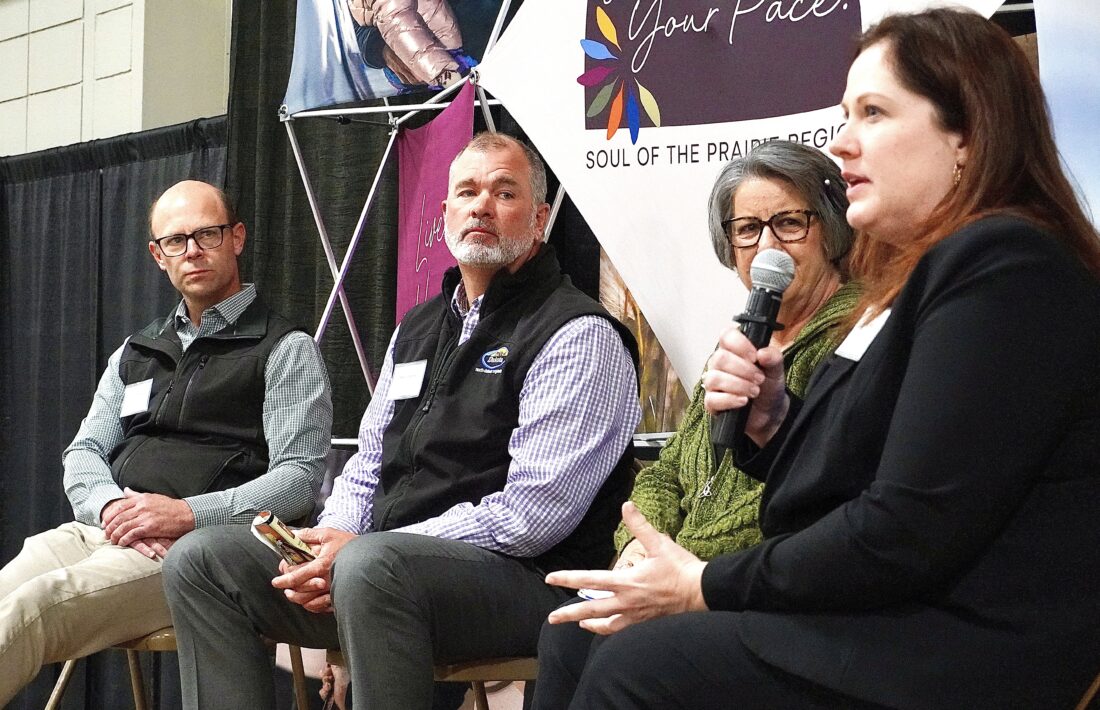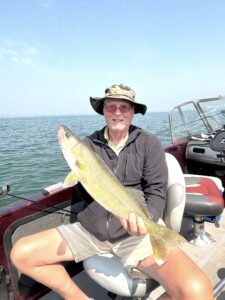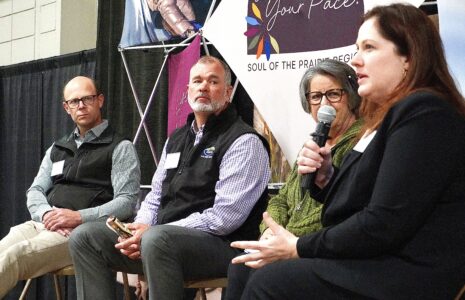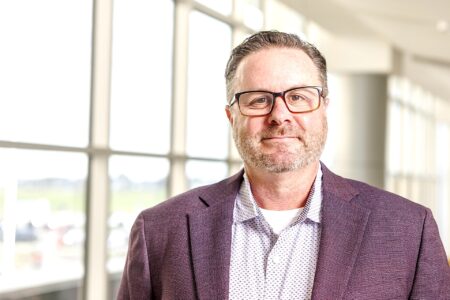Livestock advocates see place for large facilities

Jill Schramm/MDN Amber Wood, right, executive director with the North Dakota Livestock Alliance, speaks on a panel on livestock development during the Souris Basin Planning Council’s State of Region 2 meeting in the North Dakota State Fair Center in Minot Thursday, Oct. 30. Other panelists, from left, are state Sen. Paul Thomas, Tom Bodine from the North Dakota Agriculture Department and Morton County Commissioner Jackie Buckley.
Large scale animal operations don’t need to be feared but can be part of a thriving agricultural industry in North Dakota, according to panelists who spoke at the Souris Basin Planning Council’s State of Region 2 meeting in Minot Thursday, Oct. 30.
“From my perspective, successful livestock growth can be fashioned in many ways, whether it’s large animal facility operations, concentrated animal feeding operations, or the more traditional past models that we’ve had, where individual farms and ranches are more integrated as one,” said state Sen. Paul Thomas, R-Velva. “We’ve certainly in our industry got into a departmentalized expansion of either being a farmer or being a rancher because of the efficiencies and economic benefits of doing that. As successful models grow, I think we’ll see integration of those two coming back together. So, that’ll be on the smaller scale, but you’re always going to have the larger-scale need to feed the masses.”
Thomas added smaller production models carry challenges, including labor and profitability due to scale.
“Many producers today that are producing food aren’t willing to make the same sacrifices that maybe our grandpas and our parents did,” he said.
Morton County Commissioner Jackie Buckley, a former Extension agent and an instructor at Bismarck State College, said young people today aren’t interested in farm chores, although they want to return to help run the farm. She asks them what they plan to bring to the farm or ranch as another enterprise because there already may be two generations that operation is supporting.
Previous generations would find it unusual for county commissions to be debating a hog barn because diversified farms once were common, Thomas said.
“We actually are almost reintroducing a form of agriculture that our forefathers were doing. Because we didn’t want to do chores, we’ve lost that,” he said. “As we grow animal agriculture and realize what modern day animal agriculture is, we’re going to see that acceptance. We’re going to see that economic opportunity.”
Tom Bodine, deputy commissioner in the North Dakota Agriculture Department, said North Dakota, which ranks 38th in the nation in the value of its livestock, ships out grain products that could become value-added through use in the livestock industry.
“We want to have more animal agriculture to support other forms of agriculture,” he said. “Our farms are getting bigger. So how do we bring more people back on the land? That is through animals and animal operations.”
Amber Wood, executive director with the North Dakota Livestock Alliance, said the key to addressing community concerns about large operations is communication.
“Transparency is the most important thing,” she said. “The livestock producers that we work with have been incredibly open to that and incredibly excited to actually do that.”
Those producers also want to be part of their communities, she said.
“It’s not just an opportunity economically. It’s an opportunity socially as well. It’s a great asset to have in the area,” she said of animal agriculture.
“These facilities are going to be on the larger end of what we’re used to seeing, and I know that can be very intimidating. I remember seeing it all for the first time myself. All I can ask is just give it a chance,” Wood said. “We would absolutely love to come to your communities, and we want to be in a palace where we are wanted.”




